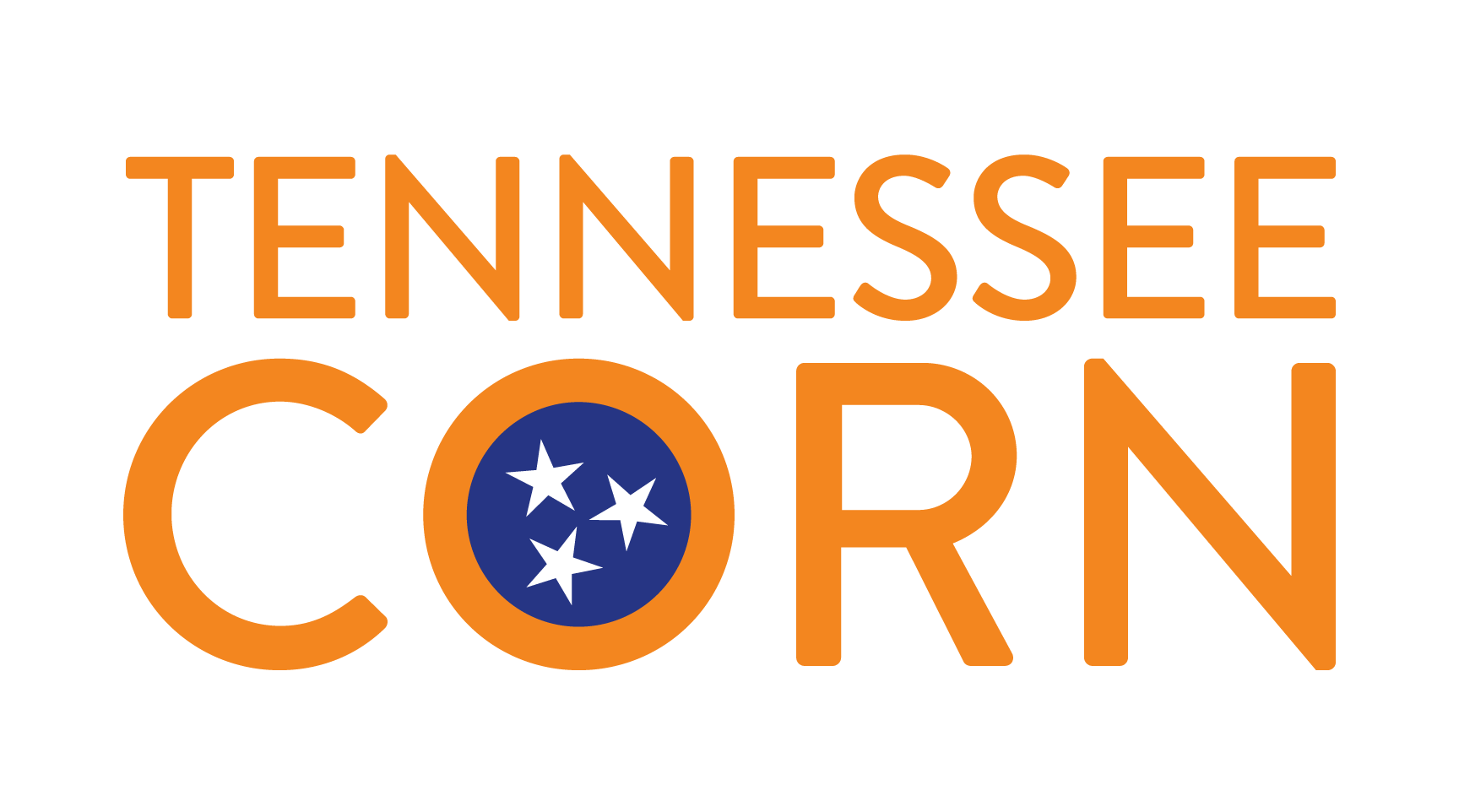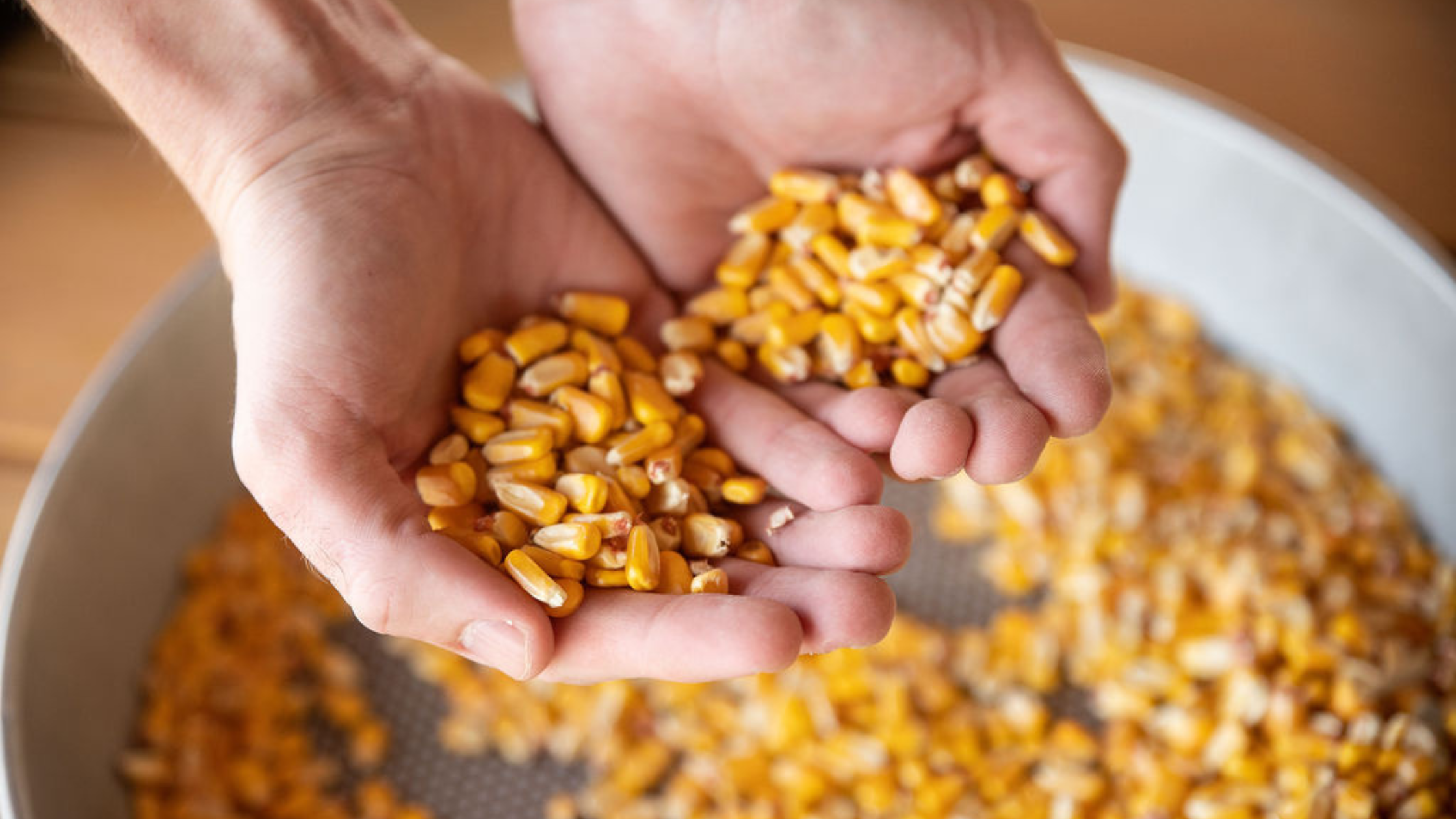TCPB Announces Research Project Funding
Each year, the Tennessee Corn Promotion Board (TCPB) receives funding requests for various corn-related research projects. Since January 2020, TCPB has invested $694,797 in university research. These programs are funded to continue researching advanced management practices, improved efficiency methods, and test cutting-edge industry techniques. In 2023, TCPB awarded $290,280 in funding for corn-focused research projects conducted by the University of Tennessee Institute of Agriculture.
Farmers Investing in Their Future
The TCPB is committed to funding independent corn research to enhance opportunities for Tennessee corn farmers by improving agricultural practices.
“Meeting future corn production challenges will require the development and management of crop productivity that will perform well despite challenging and variable weather, using less inputs to produce more,” said Carol Reed, Executive Director for the Tennessee Corn Promotion Board.
Here’s a look at the research projects that were selected for funding:
Plant sap analysis-flow: A crop diagnostic tool for optimizing plant nutrition and irrigation
Assessing nutrient levels in plants with the analysis of sap. The sap analysis along with sap flow measurement not only can help assess the nutrient levels but also characterize the development of water-deficit stress.
Evaluation of preventative insect management practices in field corn and impacts brown marmorated stink bug feeding has on grain quality
Adapting novel and current technologies to the pest management needs of Tennessee’s corn industry while also examining stink bugs' effect on grain quality.
Growing Nitrogen: A Multi-Location Comparison of Nitrogen Content Among Cover Crop Varieties and Species
This project is expanding on an existing cover crop variety trial that is being evaluated for biomass across the Southern region; data from this project will inform species and variety selection decisions for Tennessee corn farmers who want to minimize input costs and reliance on synthetic nitrogen while enhancing ecosystem services through the use of cover crops.
Corn Grain Agronomics: How to Systematically Reduce Fertilizer Cost Using Broiler Litter
Demonstrating whether corn growers can use broiler litter as the sole source of plant macro-nutrients and help reduce fertilizer costs. The research will continue the litter agronomics project started in 2021.
Nitrogen Requirement for Current Corn Cultivars
Determining the optimal nitrogen application rates for maximum grain yields for current corn cultivars of high nutrient use efficiency and high-yielding potentials representing early, medium, and full relative mature hybrids.
UT Variety Testing Program for Corn Grain and Corn Silage
Providing critical data to aid producers in selecting the best hybrids to supply identification of regionally adapted, top-yielding, disease/insect resistant hybrids to increase land use efficiency and reduce inputs, improve ecological and economic sustainability of corn production. This database would allow stakeholders to search by specific companies or hybrid names, regions, disease/insect traits, relative maturity, quality, and yield values.
Effects of cover crop planting methods and species on corn yield and quality and soil health
This project will be conducted throughout 2023 and 2024 in West Tennessee to test different cover crop species in combination with different cover crop planting methods. The study will determine the effects of cover crops on rotational corn and soybean productivity, the relationship between cover crop biomass, the yield and quality of corn and soybeans; and the effects of cover crop planting methods and species on nutrient availability and soil health.
Research and Extension Support for Management of Weeds in Corn
Focusing on non-glyphosate control options for the most serious problematic weeds in Tennessee corn production systems, including a focus on grass weeds, late-season weed control, and examining atrazine movement from PRE applications.
Evaluating Late Season Sidedress N Placement and Timing & Predicting Corn N Response using Alkaline Mineralizable-Nitrogen
Identifying the optimal placement method and timing for urea and UAN when used in a late-season Nitrogen (N) sidedress system and investigating the adequacy of alkaline mineralizable N to predict corn response to N, in order to modify N fertilizer recommendations.
Corn Disease Management - Investigating ear rots, hybrids, and fungicides on yield and grain quality
Utilizing hybrids submitted to the County Standardized Trials (CSTs) to investigate hybrids’ susceptibility to diseases and response to fungicide in small, replicated, and randomized plots as well as on-farm in strip trials.
To learn more about the types of research the Tennessee Corn Promotion Board funds, visit https://www.tncorn.org/.

